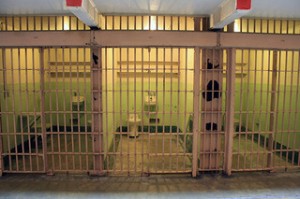
The latest controversy in criminal justice revolves around the defense of 16-year-old Ethan Couch, who killed four people when he hit them with his car, driving at double the speed limit and double the legal blood alcohol level (as an underage drinker, actually, there is no acceptable limit, but let’s stick with the charges). Couch’s defense argued that he suffered from “affluenza”—a condition under which he had lived such a privileged and entitled life, with so few consequences for bad behavior, that he could not now be held suddenly responsible for his actions. Bizarrely, the judge accepted this defense and sentenced Couch to ten years of probation and a stay in a rehab facility known for its hippotherapy (affectionately, if a bit dismissively, known as “having a therapy pony”). Had affluenza not been accepted as a defense, the usual sentence for Couch’s crimes would have been 10-20 years of prison time.
In an article for Forbes, Dr. Dale Archer reminds us that the lack of consequences that accompanies privilege isn’t anything new:
Economist and sociologist Thorstein Veblen introduced the term ‘conspicuous consumption’ in the 19th century to explain the behavior of […] families who spent their accumulated wealth in ostentatious ways to show off their newfound prestige and power.
Archer goes on to stress that the real worry is how common the modern trend of affluenza seems to be. He worries that the Keeping Up With the Kardashians era may be breeding a generation of narcissists, if not sociopaths who not only don’t understand punishment but also balk at the idea that they have anything to be punished for. He cites social psychologist Sara Konrath of the University of Michigan:
Her study of 13,737 college students found that there was a 40% decrease in empathy currently, when compared with 20 or 30 years ago.
In the end, it may be the application of the cute name “affluenza” that proves most offensive: personal responsibility is all the rage when it comes to the poor and people of color, but wealthy whites’ privilege appears to have found yet another way to keep them above the fray.
See more on “Affluenza” at: https://thesocietypages.org/sociologylens/2013/12/20/catching-affluenza-the-role-of-money-in-criminal-justice/
![]()


